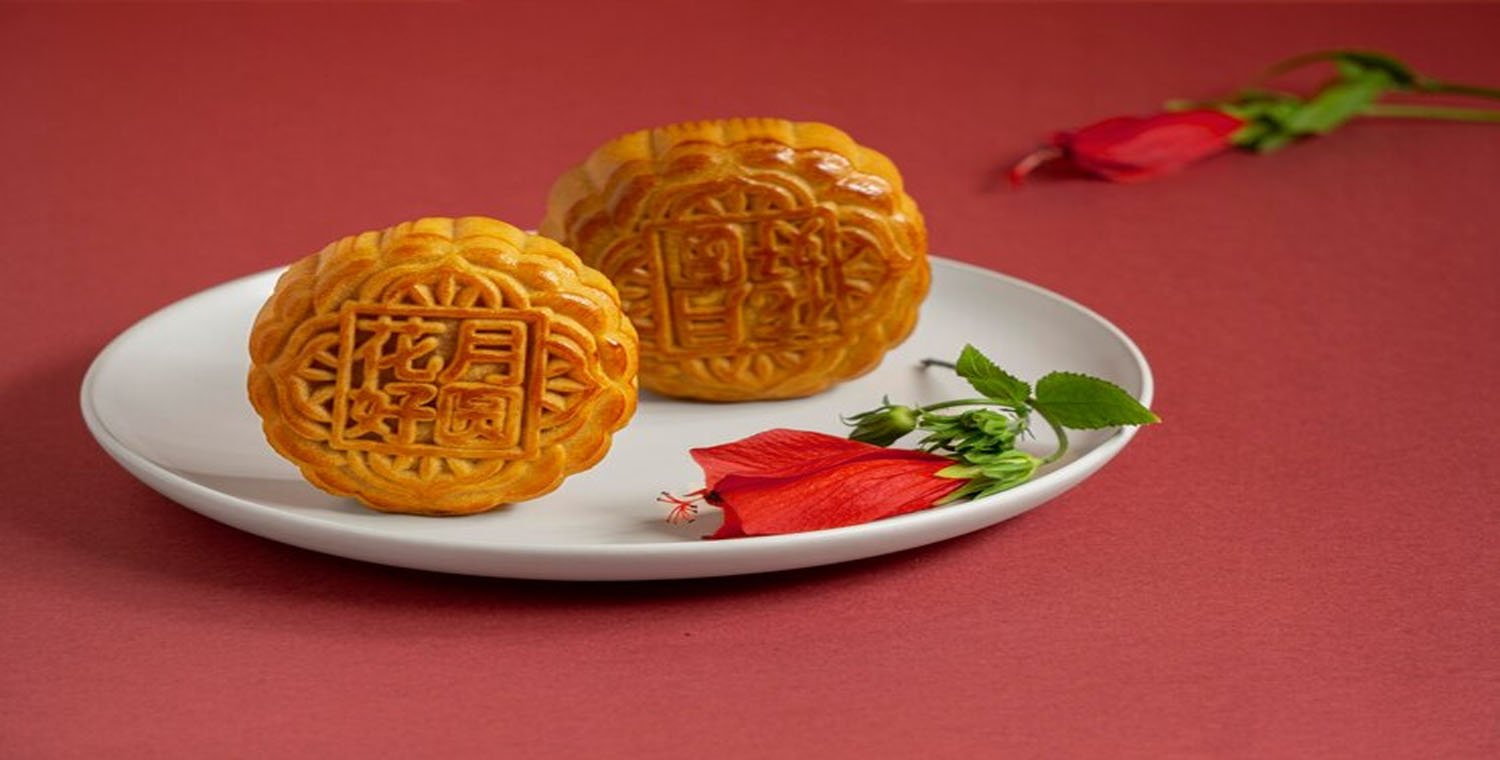Sanseyuan Jinzi, a traditional Chinese craft, intricately blends history, culture, and artistry. Originating from ancient practices, this unique form of artistry has captivated many with its intricate designs and cultural significance. In this article, we will explore the history, techniques, cultural implications, and modern relevance of Sanseyuan Jinzi, offering insights for enthusiasts and newcomers alike.
The Historical Background of Sanseyuan Jinzi

Origins and Evolution
Sanseyuan Jinzi traces its roots back to ancient China, where artisans sought to create decorative objects using a combination of materials. The term “Sanseyuan” refers to the three distinct components traditionally used in this craft. Over centuries, these techniques evolved, incorporating various regional styles and influences, thereby enriching the art form.
Cultural Significance
Sanseyuan Jinzi is not just an art form; it holds deep cultural meanings. Each piece often symbolizes harmony, prosperity, and the interconnectedness of nature and humanity. This significance is especially important during cultural celebrations, where Sanseyuan Jinzi pieces are displayed to honor traditions and convey wishes of good fortune.
Techniques and Materials Used in Sanseyuan Jinzi
Traditional Materials
Sanseyuan Jinzi typically utilizes three primary materials: metal, wood, and stone. Each material is chosen for its unique properties and aesthetic appeal:
- Metal: Often used for its durability and shine, metal components can be intricately carved and polished to create stunning designs.
- Wood: Known for its warm tones and natural patterns, wood adds an organic element to Sanseyuan Jinzi pieces. Artisans carefully select specific types of wood to enhance the overall aesthetic.
- Stone: Stones, especially semi-precious varieties, are used to bring color and texture to the art. They are often polished to a high sheen, highlighting their natural beauty.
Crafting Techniques
Creating Sanseyuan Jinzi involves several intricate techniques, including:
- Carving: Artisans skillfully carve designs into the materials, often using traditional tools passed down through generations.
- Inlaying: This technique involves embedding one material into another, creating beautiful contrasts and intricate patterns.
- Polishing: A meticulous polishing process is essential to enhance the natural luster of the materials used, ensuring that each piece shines brightly.
The Symbolism Behind Sanseyuan Jinzi
Harmony and Balance
At its core, Sanseyuan Jinzi embodies the concept of harmony. The interplay of metal, wood, and stone symbolizes the balance of natural elements. Each component contributes to a unified whole, reflecting the philosophy that all aspects of life are interconnected.
Cultural Icons
Many Sanseyuan Jinzi pieces feature symbols that are rich in meaning. For example, motifs of dragons and phoenixes represent power and prosperity, while floral designs symbolize growth and renewal. These icons are often incorporated into designs to convey specific wishes and blessings.
Sanseyuan Jinzi in Modern Times
Revival of Interest
In recent years, there has been a resurgence of interest in traditional crafts, including Sanseyuan Jinzi. As consumers seek unique and culturally significant pieces, artisans are finding new opportunities to showcase their skills. This revival is not only helping to preserve the art form but also promoting it to a global audience.
Contemporary Applications
Modern interpretations of Sanseyuan Jinzi have emerged, allowing artisans to experiment with new designs and techniques. Many contemporary artists blend traditional methods with modern aesthetics, creating pieces that resonate with today’s consumers while honoring historical practices.
Educational Initiatives
Various workshops and courses are now available for those interested in learning about Sanseyuan Jinzi. These programs aim to educate participants about the techniques and cultural significance of the craft, fostering a deeper appreciation for traditional artistry.
How to Incorporate Sanseyuan Jinzi in Your Life
Home Decor
Sanseyuan Jinzi pieces make beautiful additions to home decor. Whether it’s a decorative plate, wall hanging, or an intricate sculpture, these items can enhance any space with their elegance and cultural significance.
Gifts and Celebrations
Consider giving Sanseyuan Jinzi pieces as gifts for special occasions. Their unique designs and meaningful symbolism make them thoughtful presents that can convey heartfelt messages during celebrations such as weddings, anniversaries, and cultural festivals.
Personal Collection
For art enthusiasts, collecting Sanseyuan Jinzi can be a rewarding endeavor. As you build your collection, you can explore various styles, artists, and historical contexts, deepening your appreciation for this remarkable craft.
Tips for Purchasing Sanseyuan Jinzi
Research Artisans
When looking to purchase Sanseyuan Jinzi, take the time to research artisans and their work. Understanding their techniques and the stories behind their pieces can enhance your buying experience and ensure you are supporting authentic craftsmanship.
Check Authenticity
Due to the rising popularity of Sanseyuan Jinzi, be cautious of imitations. Look for pieces that are crafted by skilled artisans using traditional methods. Authentic pieces often come with a story or certificate of authenticity, adding to their value.
Attend Exhibitions and Markets
Many artisans showcase their work at local art exhibitions and markets. Attending these events allows you to view a range of Sanseyuan Jinzi pieces, meet the artists, and gain insight into their creative processes.
The Future of Sanseyuan Jinzi
Bridging Tradition and Innovation
The future of Sanseyuan Jinzi lies in its ability to adapt and evolve. As more artisans embrace innovation while respecting tradition, the art form will continue to thrive. This fusion of old and new not only keeps the craft alive but also ensures its relevance in contemporary society.
Global Appreciation
As interest in traditional crafts grows worldwide, Sanseyuan Jinzi has the potential to reach a broader audience. Through online platforms and international exhibitions, artisans can share their work with enthusiasts around the globe, fostering cultural exchange and appreciation.
Conclusion
Sanseyuan Jinzi is more than just an art form; it is a celebration of culture, history, and human creativity. Understanding its significance, techniques, and modern applications allows us to appreciate the depth of this craft. As we embrace and promote traditional artistry, we contribute to the preservation of cultural heritage for future generations.
More Read:
Understanding OpenHousePerth.net Insurance: A Comprehensive Guide






